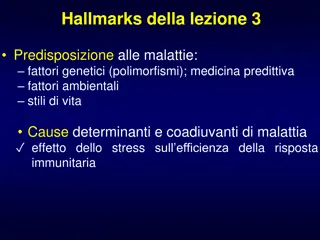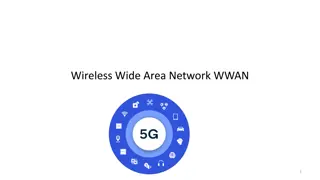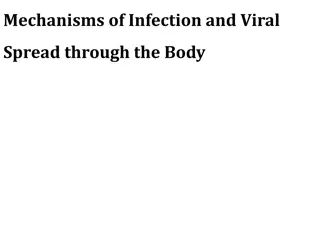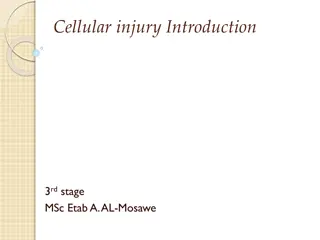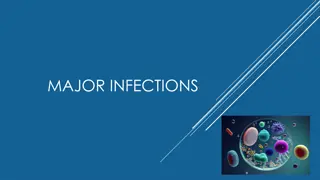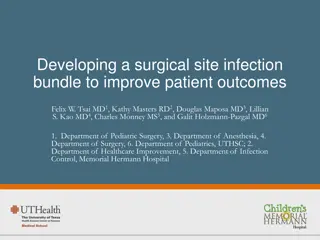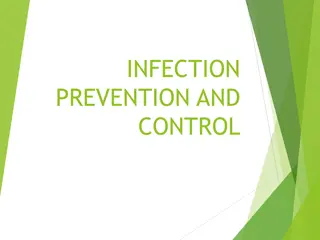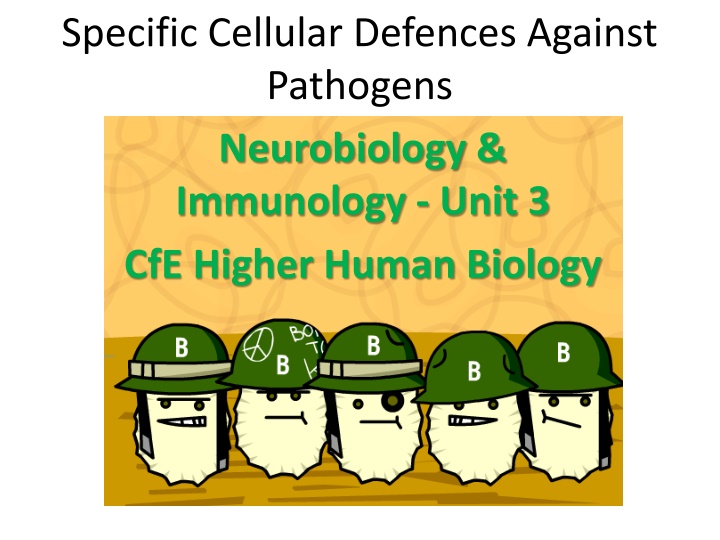
Specific Cellular Defenses Against Pathogens in Human Biology
Explore the specific cellular defenses against pathogens in human biology, focusing on the third line of defense involving lymphocytes, T-lymphocytes, B-lymphocytes, antigens, and the process of apoptosis.
Download Presentation

Please find below an Image/Link to download the presentation.
The content on the website is provided AS IS for your information and personal use only. It may not be sold, licensed, or shared on other websites without obtaining consent from the author. If you encounter any issues during the download, it is possible that the publisher has removed the file from their server.
You are allowed to download the files provided on this website for personal or commercial use, subject to the condition that they are used lawfully. All files are the property of their respective owners.
The content on the website is provided AS IS for your information and personal use only. It may not be sold, licensed, or shared on other websites without obtaining consent from the author.
E N D
Presentation Transcript
Specific Cellular Defences Against Pathogens Neurobiology & Immunology - Unit 3 CfE Higher Human Biology
The Third Line of Defence The third line of defence is a specific immune response. This line of defence is brought about by lymphocytes, a type of white blood cell which comes from stem cells in the bone marrow.
Types of Lymphocyte Some lymphocytes pass to the thymus where they develop into T-Lymphocytes (T-Cells) Some remain and mature in the bonemarrow where they develop into B-Lymphocytes (B- Cells)
How Lymphocytes Work All lymphocytes have a single type of membrane receptor on their surface which is specific to one antigen. Each lymphocyte has several copies of one type of antigen receptor. These antigen receptors are specific to an antigen, and is different to any receptors on any other antigens. Therefore, each lymphocyte is only able to become attached to one type of antigen. The body possesses a huge number of different lymphocytes.
Antigens A surface marker on any foreign molecule is called an antigen. Antigens trigger an immune response Molecules on viruses, bacteria, toxins and on the surface of transplant cells can all act as antigens.
If a lymphocyte patrolling the body finds an antigen which fitsit s antigen receptor, it is said to have been selected. The lymphocyte responds by dividing repeatedly to form a clonalpopulation of identical lymphocytes. This process is known as clonal selection.
T Lymphocytes T lymphocytes are able to tell the difference between self-antigens on the body s own cells and non-self- antigens on pathogens or infected cells. If a T lymphocyte comes across a pathogen with a non-self antigen, it can cause the pathogen to die by a process called apoptosis. Apoptosis is programmed cell death.
How do T Lymphocytes cause Apoptosis? T lymphocytes attach on to infected cells and release proteins. These proteins diffuse into the infected cells causing production of self-destructive enzymes which cause cell death. The remains of the cell are then removed by phagocytosis.
B Lymphocytes B Lymphocytes produce and secrete molecules called antibodies. Antibodies are Y-shaped proteins that have receptor binding sites specific to a particular antigen on a pathogen. Antibodies become bound to antigens, inactivating the pathogen and clumping them together. The resulting antigen-antibody complex can then be destroyed by phagocytosis.
Primary and Secondary Response Some of the cloned B and T lymphocytes produced during an infection survive long-term as memorycells. When a secondary exposure to the same antigen occurs, these memory cells rapidly give rise to a new clone of specific lymphocytes. These destroy the invading pathogens before the individual shows symptoms. During the secondary response, antibody production is greater and morerapid than during the primary response.
Autoimmunity A failure in a regulation of the immune system means that sometimes, T-Lymphocytes will launch an attack on the body s own cells. This is called autoimmunity and is the cause of autoimmune diseases such as rheumatoid arthritis and type 1 diabetes.
Direct Attack on the Immune System Some types of very successful pathogens have often found a way of mounting a direct attack on the immune system The human immunodeficiency virus (HIV) attacks and destroys T lymphocytes. HIV causes depletion of T lymphocytes which leads to the development of AIDS (acquired immune deficiency syndrome). Individuals with AIDS have a weakened immune system and so are more vulnerable to opportunistic infections.
Clonal Selection Theory Physical Antigen Recognition Barriers to infection T-Lymphocytes Chemical B-Lymphocytes Key Area 3.5 + 3.6 Mast cells & Histamine HIV/AIDS Inflammatory Response Auto-immunity Immunological Memory Phagocytosis

